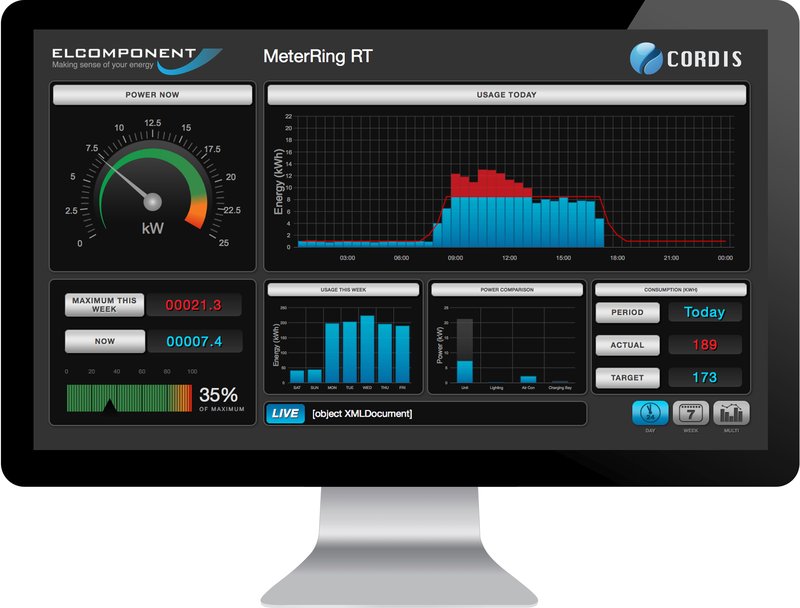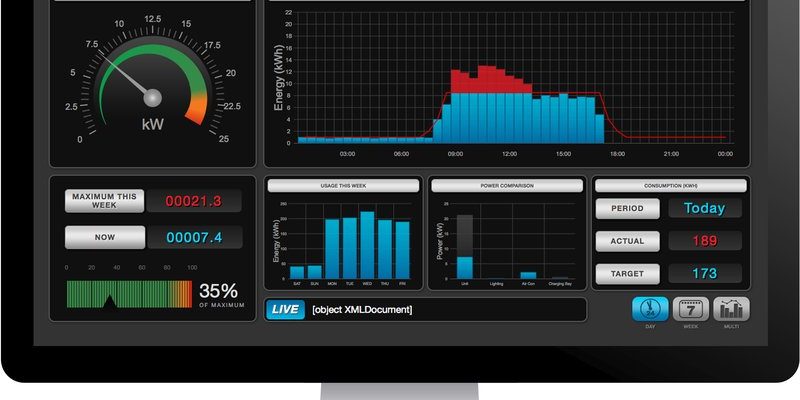
When I first started in the aquarium hobby, I was amazed at how much life exists beneath the surface. I quickly learned that worms, particularly species like *Tubifex* and *Detritus*, can indicate not just health but also hints about the overall state of your tank. By monitoring shifts in the sandbed and watching worm activity, you can respond proactively to changes, ensuring your aquatic buddies remain healthy and happy.
Understanding the Role of Worms in Your Aquarium
Worms might not be the first creatures you think of when setting up an aquarium, but they’re essential! They help break down organic matter, allowing beneficial bacteria to thrive. This process contributes to a healthy nitrogen cycle, which is crucial for your fish and plants.
There are different types of worms you might encounter in your tank. Some, like the *Nassarius* snails, burrow into the sand, while others, like *Tubifex* worms, may roam freely. Each type has its benefits, from aerating the substrate to helping in waste decomposition. So, knowing how they contribute helps you appreciate their presence.
You might be wondering how to identify if your sandbed is shifting. Well, look for signs like tiny mounds on the surface or changes in the texture of the substrate. These can indicate worm activity, which is generally a good thing! Healthy worms mean a thriving ecosystem.
Signs of Worm Activity in Your Sandbed
Keeping an eye on your sandbed can reveal a lot about what’s going on below. Some clear signs of worm activity include:
- Disturbances in the Sand: If you see small channels or holes in the substrate, that might be a sign that worms are at work.
- Surface Mounds: Tiny mounds indicating that worms are burrowing can often be spotted, especially after feeding times.
- Movement: If you’re lucky, you might catch a glimpse of worms wriggling around, which is a sure sign they’re active.
Monitoring these signs can help you gauge the health of your tank. For beginners, it’s essential to note that not all shifts are due to worms. Sometimes, it could be fish or invertebrates stirring things up, too. So, always consider the context.
The Importance of Sandbed Monitoring
You might be thinking, “Why should I care about monitoring my sandbed?” Well, here’s the thing: a stable sandbed contributes to a balanced tank. It helps with filtration, nutrient cycling, and the overall health of your aquatic life.
Changes in worm activity can indicate shifts in water quality or substrate health. For instance, if you notice less movement in the sandbed, it could mean lower oxygen levels or imbalances in your tank. Monitoring these shifts lets you act before any major issues arise, like algae blooms or fish health problems.
Remember, your aquarium is an ecosystem, and like any living system, it requires balance. Regularly checking for sandbed shifts helps you keep that balance in check!
How to Monitor Sandbed Shifts Effectively
To effectively monitor your sandbed, you don’t need high-tech gadgets. Just a few simple tools and a bit of diligence will do. Here’s how you can get started:
1. Visual Inspections: Spend a few minutes each day observing your sandbed. Look for the signs of worm activity we discussed earlier.
2. Routine Maintenance: During water changes or cleaning, take the time to gently stir your sandbed. This can help uncover any hidden worms and give you a better idea of their population.
3. Use a Sandbed Vacuum: A gentle vacuum designed for sand substrate can help you get a closer look. Just be careful not to overdo it, as this can disturb worms too much.
By incorporating these simple practices into your routine, you’ll develop a better understanding of what’s happening in your tank.
Benefits of a Healthy Worm Population
A thriving worm population can positively impact your aquarium in several ways. Here are some key benefits to consider:
- Improved Aeration: Worms move through the substrate, creating air pockets that help the layers breathe.
- Waste Breakdown: They assist in decomposing organic matter, which helps maintain clean water.
- Nutrient Cycling: With worms in your sand, nutrients like nitrogen and phosphorus are recycled more effectively.
Plus, having a well-fed population of worms can lead to healthier fish, as they indirectly contribute to the overall biodiversity of the tank. Honestly, it’s a win-win situation!
Common Challenges When Monitoring Sandbed Shifts
While monitoring sandbed shifts is generally straightforward, you may face some challenges along the way. Here are a few common issues and how to tackle them:
- Disturbance from Fish: Some active fish species may stir up the sand more than worms can. If this is the case, look for other telltale signs of worm activity.
- Overcrowding: Too many worms can lead to oxygen depletion. If you notice that worm activity has significantly increased, it might be time for a substrate clean-up.
- Incorrect Lighting: If your tank has too much light or heat, it can impact worm populations negatively. Make sure to maintain proper lighting conditions.
By staying aware of these potential issues, you can better manage your aquarium environment and keep those worms happy and productive.
Final Thoughts on Sandbed Monitoring
Monitoring sandbed shifts for worm activity might seem like a small detail in the grand scheme of aquarium care, but it plays a pivotal role. By understanding how to identify and assess worm activity, you can help ensure a balanced and thriving ecosystem for your fish and plants.
So, take a moment to look beneath the surface! Keeping tabs on your sandbed not only helps you solve problems before they arise but also allows you to appreciate the hidden life that contributes to your aquarium’s beauty. Happy monitoring!

